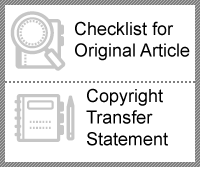| abstract |
| Background In design education, classroom instruction often remains abstract due to the limitations of time and space, both in terms of content and process of ideas. Additionally, there is a concern that the one-way teaching approach centered on an instructor may lack diversity in learners. Therefore, this researcher aims to reconstruct the design process with the problem-based learning (PBL) concept in line with the educational environment, and to develop a PBL-based design process to implement creativity and diversity for solving real-world problems.
Method The study is conducted in two phases: Phase 1 and Phase 2. Phase 1 involves developing a design process based on the PBL concept. The developed process is tested with design majors, by using experience and questionnaire survey. After the survey results are analyzed, the process is refined. Phase 2 involves verifying the design process developed in Phase 1. SPSS is used as the analysis tool. The study hypotheses are verified through correlation analysis, paired sample t-tests, and multiple regression analysis, and then the final PBL-based design process is proposed.
Results This PBL-based design process consists of six stages: Stage 1 Problem Identification, Stage 2 Process Establishment, Stage 3 Research, Stage 4 Idea Development, Stage 5 Visualization and Drawing, and Stage 6: Design Proposal and Presentation. In these stages, the process emphasizes a field-centered, learner-centered, discussion-centered, and question-centered approach to ensure that the PBL concept is actively applied.
Conclusion This study may face unexpected challenges due to differences in learners' levels and their surrounding environments in design education. However, this study is expected to serve as a foundation for continued studies on PBL-based design processes in the future. |
|
|
| Key Words |
| 디자인 교육, 디자인 프로세스, PBL, Design education, Design process |
|
|
|
 |
|






